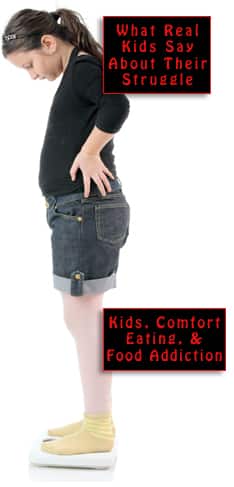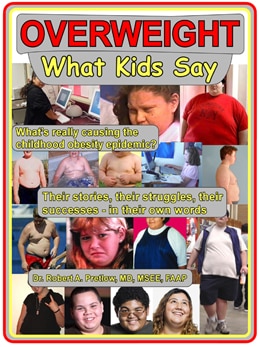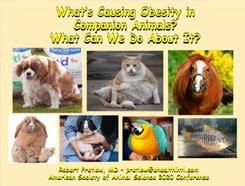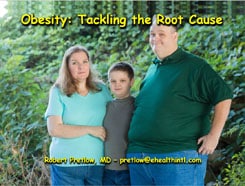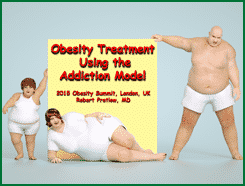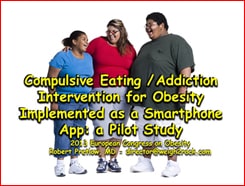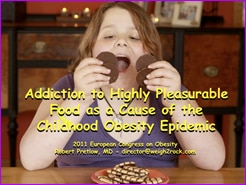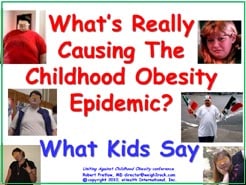Coronavirus Chronicles — Kids and Air

Over the months, science has discovered that humans who contract the virus but remain asymptomatic throughout the course of their illness, are about 80% less infectious than the people who develop symptoms. The very dangerous individual is one who is infected and has not yet developed symptoms, but soon will. These stealth carriers are about 40% more infectious than the people with symptoms, and may associate with the public for days or weeks, spreading contagion, before any sign of ill health manifests itself.
The phenomenon known as the “secondary attack rate” refers to “the likelihood that a person with COVID-19 will infect another member of their household.” That ratio is around 15%. Children, if they do get it, are just as likely as adults to become symptomatic, but (as far as science is aware right now) the effects are less severe. In a multi-generational household, older adults are more likely to catch it than younger ones, which kind of implies that the younger ones are doing the infecting.
How does this happen? Check out a creepy video demonstration of how disease spreads. The experience can encourage taking every possible precaution to fight off the virus.
It’s in the air
We talked about humidity, and specifically, humidifying devices in the home, which have earned mixed reviews. Okay then, what about an air purification device? (The illustration on this page, by the way, is not any identifiable brand of serious air purifier, but a dust removal system in a wood-working shop.)
For a small study, a research team brought portable air purifiers into a German high school and evaluated their efficiency. Journalist Chris Baraniuk writes,
Class carried on as normal while the purifiers quietly hummed away and detectors monitored aerosol levels. The findings have been published as a preprint and are not yet peer-reviewed, but they back up the fact that HEPA filters decrease aerosols of a wide range of sizes in a relatively busy indoor space.
And yes, the students and their teacher kept their masks on the whole time. Because that’s what you do when a deadly pandemic is afoot. Experts want us to understand that this is a multifactorial struggle. We need slings, shields, and tanks. Mechanically cleaning the air in a delineated indoor space is fine, but it is not “the” answer. According to the Environmental Protection Agency,
By itself, air cleaning or filtration is not enough to protect people from exposure to the virus that causes Covid-19.
Any measure we are equipped to take should be conceptualized not as the metaphorical magic silver bullet, but as one tool among many “potential components in your wider arsenal of defenses,” as Baraniuk phrases it. According to the comparison used by some, it is great to have an airbag in your car, but fasten that belt too, and stay out of the driver’s seat when chemically impaired. Do all the things.
Your responses and feedback are welcome!
Source: “Kids Highly Likely to Transmit Coronavirus to Others: Study,” HealthDay.com, 01/21/21
Source: “Should You Buy an Air Purifier for Covid-19?,” Medium.com, 12/02/20
Image by Tampere Hacklab/CC BY 2.0










 FAQs and Media Requests:
FAQs and Media Requests: 